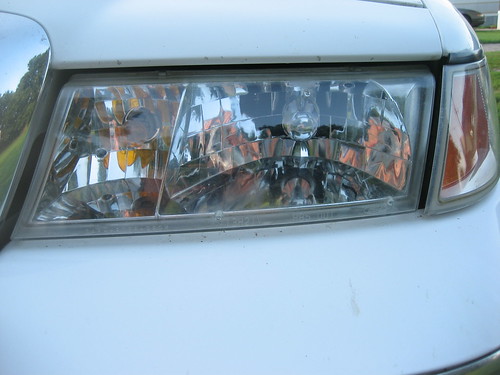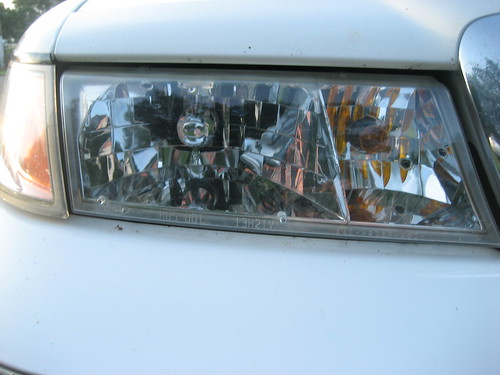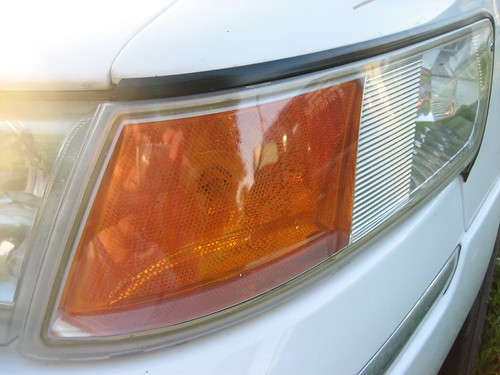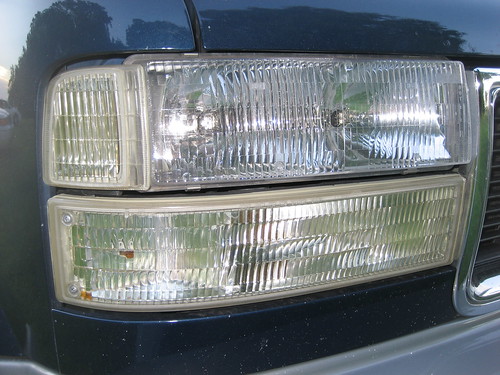HotRod
New member
- May 14, 2008
- 247
- 0
- Thread starter
- #101
Thanks David and Adam for your insight. What I might do is raise my prices a little on lens restoration, and offer the customer a "maintenance kit" for headlights and give instructions on how to use it. Basically, the maintenance kit would include an ounce or two of regular paint sealant (wolfgang, klasse, BFWD etc...) a couple of microfiber rags and an applicator. And explain to the customer to apply the sealant every 2-3 months as needed to help make the restoration last longer. Now, some customers may never use it, but if I educate the customer about maintenance then it might be worth my time, and it also might prove that I go the extra mile.
I am currently testing the spar urethane on all lenses on my work van, but it gets washed regularly and sealed with BFWD or whatever sealant I am using when I seal the paint on my van. Whenever I seal the paint, I also seal the plastic headlight and tail light lenses with the paint sealant. Now, the white mercury that is the "test car" in this thread sees no maintenance besides the occasional wash job every couple of months and never sees a garage.
I am currently testing the spar urethane on all lenses on my work van, but it gets washed regularly and sealed with BFWD or whatever sealant I am using when I seal the paint on my van. Whenever I seal the paint, I also seal the plastic headlight and tail light lenses with the paint sealant. Now, the white mercury that is the "test car" in this thread sees no maintenance besides the occasional wash job every couple of months and never sees a garage.





